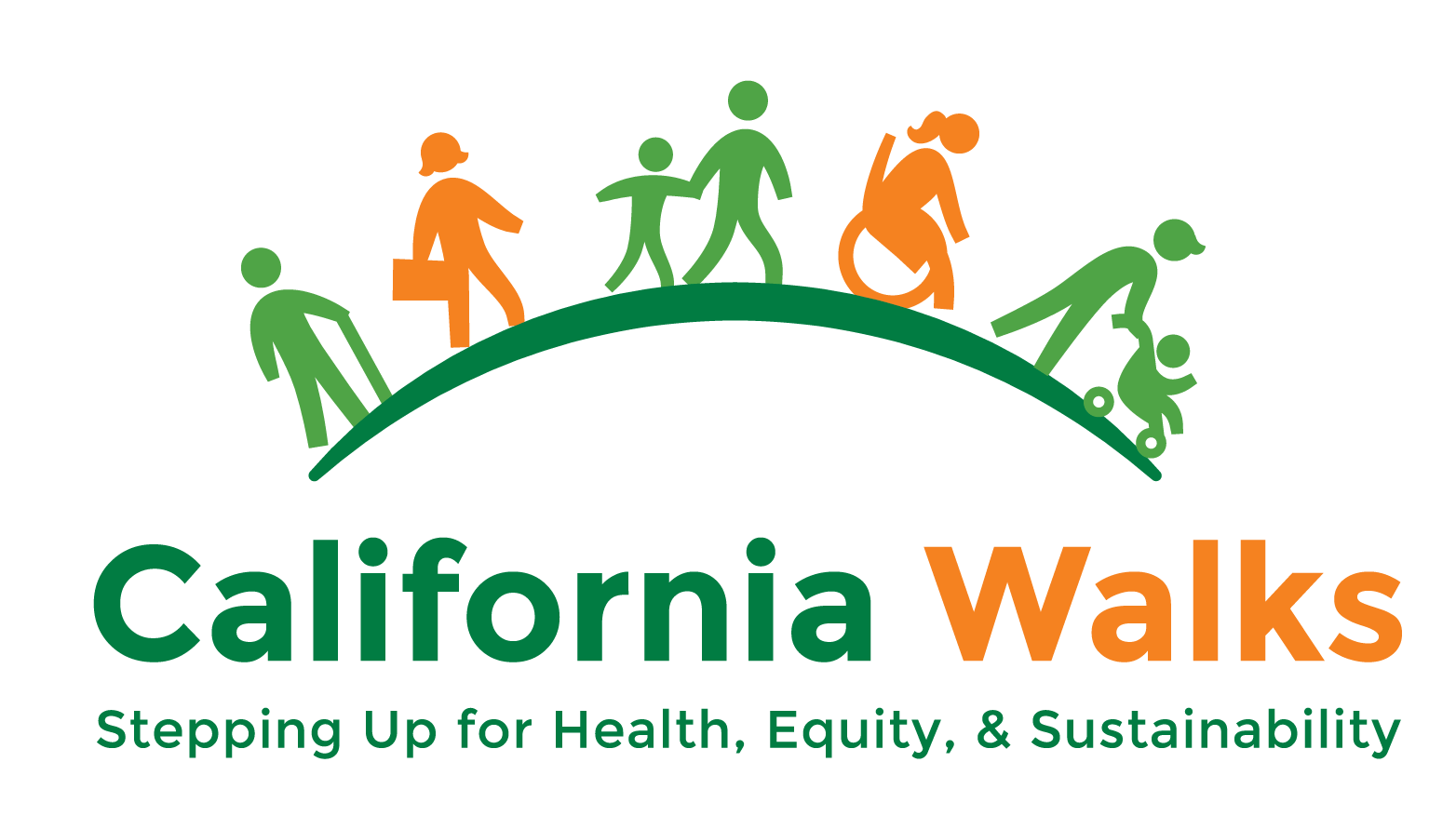Time is Ticking–Get Your ATP Cycle 4 App In!
Looking for funding to make your community more walk- and bike-friendly? Perfect timing! The fourth round (or Cycle 4) of the Active Transportation Program (ATP) is now open, with roughly $446 million available in the statewide, regional, and small urban/rural competitions. Eligible applicants include cities, counties, school districts, public health departments, Metropolitan Planning Organizations, Regional Transportation Planning Agencies, and Natural Resource or Public Land Agencies. Postmarked applications are due to Caltrans by July 31, 2018, so time is of the essence to pull together your application.
Some major changes that have occurred for ATP Cycle 4 include:
Different Applications Depending on Project: This Cycle, there are a total of 5 different applications depending on the total cost and scope of your proposed project. This change is especially welcome for standalone Non-Infrastructure projects–those focused on education, encouragement, enforcement, or evaluation activities–and Plan projects–for master pedestrian or bicycle planning efforts–both of which will have a separate application from infrastructure projects that is more tailored to Non-Infrastructure and Plan projects. For infrastructure projects, depending on the total project cost, the electronic application form will present you with the appropriate application for Small Infrastructure (total project cost less than $1.5 million), Medium Infrastructure (total project cost between $1.5 and $7 million), or Large Infrastructure (total project cost greater than $7 million). The larger your project is the more questions you will be asked to answer.
4-Year Programming Cycle: Previously the program was a 2 year program—meaning applicants had to get through construction in 2 years The change to a 4 year program will hopefully help with any delivery challenges
Transformative Projects: With the large influx of funding to the ATP, the California Transportation Commission (CTC)–the agency that oversees the program–wants to see the meaningful impact of the projects they are funding in terms of increasing the number of people walking and biking. Accordingly, the CTC is encouraging Large Infrastructure projects to clearly demonstrate how they provide a transformative benefit to a community or a region.
Focus on Start-Up Non-Infrastructure Programs: Non-Infrastructure projects are those that deliver education, encouragement, enforcement, or evaluation activities that ultimately help increase the number of people walking and biking. While Non-Infrastructure programs have traditionally focused on students (Safe Routes to Schools),Non-Infrastructure projects are not limited to those benefiting school students. In this ATP Cycle, the CTC has clarified that they intend to focus funding on start-up programs—a program in a community that has never had a Non-Infrastructure program—though existing Non-Infrastructure programs that integrate new and/or expanded project components are eligible for funding as well. For an existing Non-Infrastructure program with new and/or expanded components, applicants must demonstrate how the original program is continuing without ATP funding. The CTC has also reiterated that the ATP cannot fund existing or ongoing program operations. Finally, all NI projects must demonstrate how the program is sustainable and will be continued after ATP funding is exhausted.
Public Health in Statement of Need: Unlike in previous Cycles, this round of ATP funding will not have a standalone question related to public health. Instead, applicants are encouraged to discuss their community’s public health challenges as part of a new section called Statement of Need. This section allows applicants to qualitatively explain why a particular project is needed.
Disadvantaged Community (DAC) Definition Revisions: Minor revisions have been made to update the three primary DAC qualifiers to the most recent data source: < 80% Statewide Median Household Income (<$51,026); ≥ Top 25% CalEnviroScreen 3.0 Scores (≥ 39.34); and ≥ 75% Participation in Free or Reduced Price Meal Program. Federally Recognized Tribes qualify as severely DACs for the purposes of the ATP. Lastly, for Regional Definitions, these must now be submitted to the CTC for review and approval by June 1, 2018; CTC will notify regions whether their Regional Definitions will qualify as DAC by June 29, 2018.
Stumped on what to do with all these changes? Don’t panic because California Walks is able to offer free one-on-one assistance to help communities most in need participate and successfully compete in ATP Cycle 4. One-on-one assistance may consist of the following, depending on your community’s needs:
Feedback on Previously Submitted ATP Applications;
Consultation on Current ATP Proposal(s);
Navigating the ATP Application Process;
Limited Grant Writing Assistance; and
In-Person Stakeholder Engagement Workshop(s).
If you are interested in receiving one-on-one assistance with your ATP Cycle 4 application, you must submit a request for assistance via this form no later than June 15, 2018. If you need assistance or have questions about this application, contact Esther Postiglione, esther@californiawalks.org.
